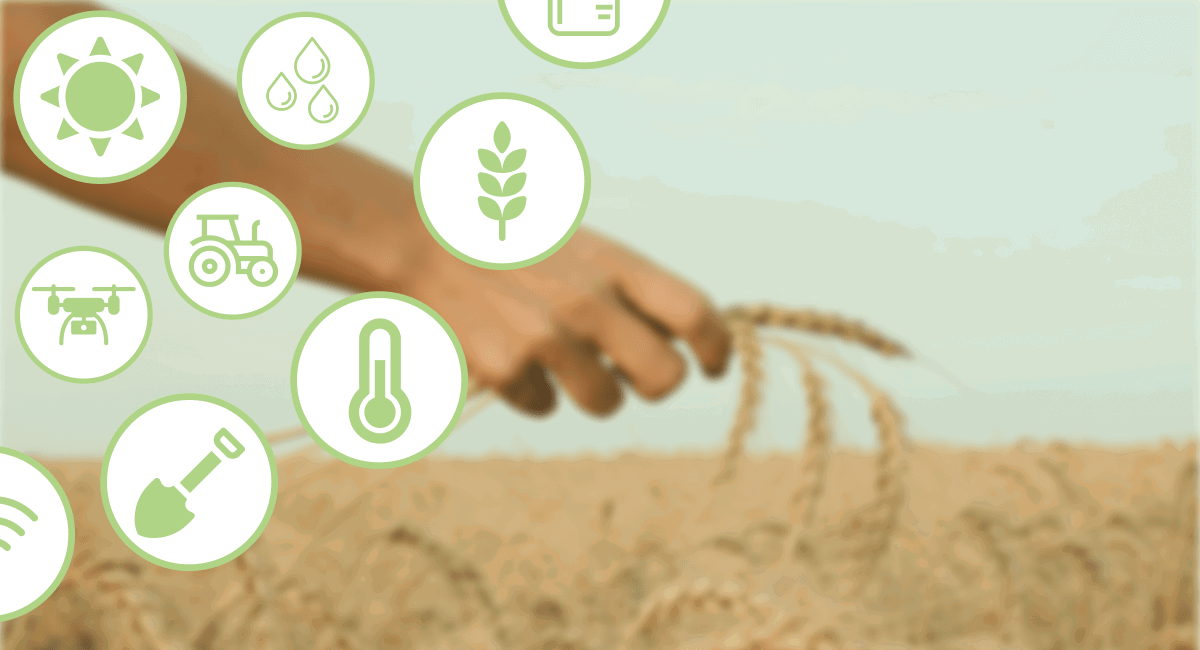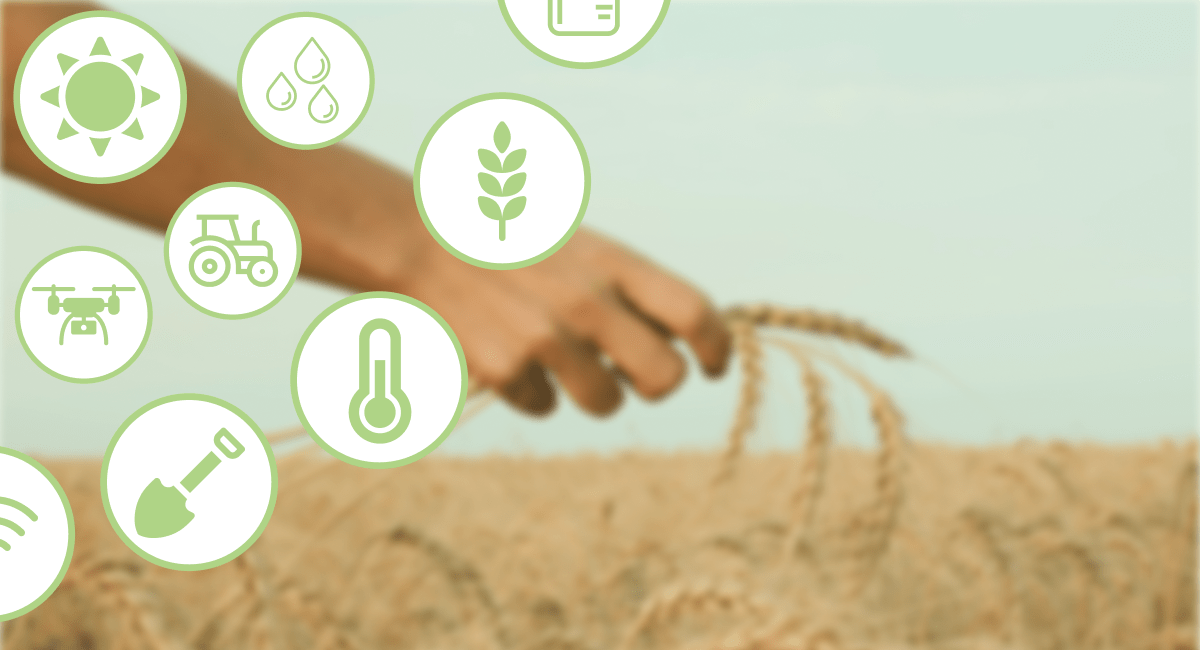Smart farming technologies in use

The Internet of Things (IoT) and Artificial Intelligence (A.I) have altered how things used to be done from health and fitness, automotive, home automation all the way to smart cities and agriculture.For that reason, in this article, we are going to discuss technologies that are currently in use in agriculture together with the benefits that they bring along. If you have been thinking of trying out smart farming then welcome aboard!

Current Farming Technologies
There are several types of technologies that are currently in use in agriculture. Below are some of the few that you need to know of:
1. Climate Conditions Monitoring
One of the most popular technologies that have been in use for a longer time now is the weather stations including smart farming sensors. Situated across the fields, they gather several kinds of data from the atmosphere and then send them to the cloud. With the information sent, it’s then used to map the climate conditions, decide on the most suitable crops, and also weigh the needed measures to heighten the produce.
2. Greenhouse Automation
In the past, farmers used manual or guesswork when managing the greenhouse environment. As you read this article, farmers use IoT-based sensors to find accurate information of the greenhouse conditions such as temperature, soil condition, humidity, and even lighting.
3. Crop Management
There are several crop management devices that have been built and approved for use in agriculture. They work similarly to weather stations since they are left in the fields to gather information for crop farming. That may include temperature and precipitation all the way to leaf water potential and general crop health.With such massive information gathered, you can easily monitor the growth of your crops and also detect all kinds of problems such as pests and even crop infestations that may arise early enough to combat them. Doing so results in more yields.Some of the examples of devices used in this area are:· Arabic· Semios
4. Cattle Monitoring and Management
As seen in crop management, there are several sensors that can be attached to the animals on the farm to help monitor their overall health. Cattle tracking and monitoring focus on gathering data on their general health, well-being, and even their actual location.For instance, with such sensors in place, farmers are capable of getting to know the sick animals so that the farmers can isolate them to avoid infecting other healthy animals. Besides the use of sensors, drones are also used to aid farmers in real-time tracking and also lower staffing expenses.For instance, SCR by Allfex and even Cowlar are using smart agriculture sensors or collar tags to get to know the animals’ temperatures, health, activity, and even nutrition insights on each cow and also entire information about the herd.
5. Agricultural Drones
One of the most reliable agritech in place is the introduction of agricultural drones in smart farming. As you read this article, drones have proved to be more efficient when compared to airplanes and even satellites when gathering agricultural data and information.Besides being capable of providing surveillance tasks, drones can also be used to do several tasks that require human labor such as:
· Planting crops
· Battling pests and infections
· Crop monitoring
· Agriculture spraying
· Among many others
The best example is the DroneSeed Company that manufactures drones that are used in planting trees in areas that have few trees (deforested). The use of such drones has proved to be 6 times cheaper and more effective than human labor. Another drone that is in use is eBee SQ which uses multispectral images to determine the health statuses of crops.
Wrap Up
There are many technologies that are currently in use in the farming sector that we haven’t discussed in this article. Besides everything that is discussed in this article, there are also predictive analytics in smart farming and also end-to-end farm management systems that are used by farmers across the globe. Technology is making farming cheaper, easier, and even more productive.
